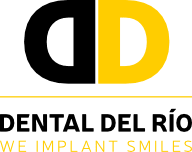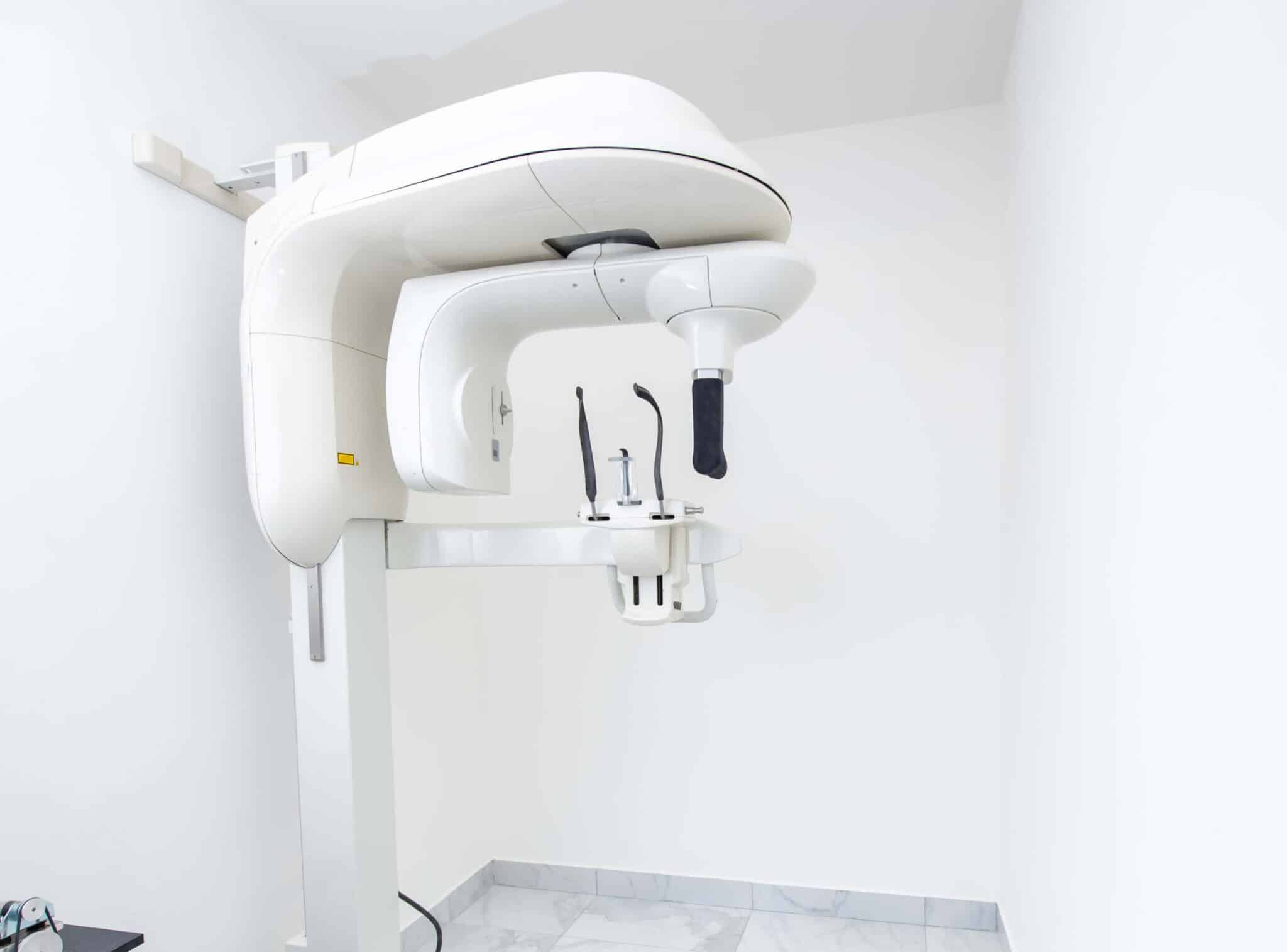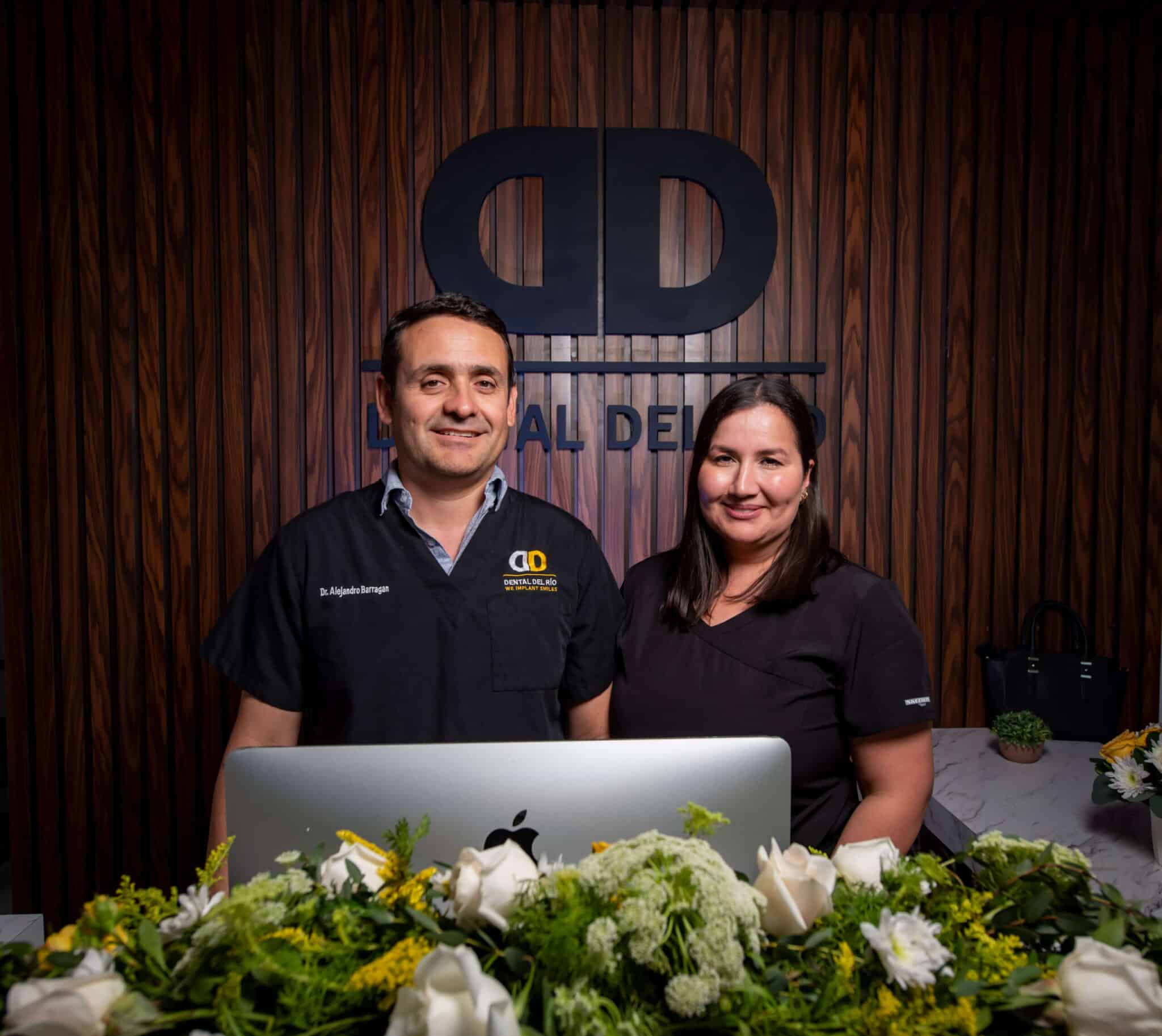Imagine going to an exotic place and coming home with not only memories but also a brighter smile. This is the pull of dental tourism. But while the idea of combining a holiday with affordable dental care sounds good, it’s not as cost-effective as you think.
Dental tourism has hidden costs that aren’t immediately obvious. There’s more to consider than just the initial savings, from care quality to post-treatment consequences. Let’s look at the less visible parts of dental tourism so you can make an informed decision about your dental health.
Table of Contents
ToggleDental Tourism
Dental tourism, a growing trend, combines dental treatments with the thrill of travel. But beyond the adventure, what exactly is dental tourism?
What is dental tourism?
Dental tourism is going across borders to get low-cost dental care. Research has proven that this approach leads to significant cost savings. Patients save 50% to 75% on dental costs compared to their home countries, especially in high-income countries like the US, Canada, and many European countries.
Dental tourism opens up new horizons by giving you faster access to dental treatments, a great travel experience, and saving you money. This concept shows that good dental care doesn’t have to be expensive. You can go to exotic places and come back with a healthier smile!
Dental Tourism on the Rise
Dental tourism has become more popular in recent years. Citizens of high-income countries are opting for this option more and more, for cost savings, better treatment, and faster access to care.
As you think about dental tourism, remember that while it’s attractive, care is needed. There are hidden costs and potential problems that come with the savings. Before you start this journey to great dental health, consider everything carefully.
Hidden Costs of Dental Tourism
The hidden costs of dental tourism need some thought. Transparency is sometimes lacking; costs are wrapped up in the low cost of dental treatment. But these extra costs deserve your attention.
Travel Costs: The Unseen Cost
Travel costs are often overlooked as one of the hidden costs of dental tourism. These extra costs, which include more than just treatment fees, can add up quickly, especially when you consider:
- Airfare: Flying to your destination can be expensive. Intercontinental flights increase these costs even more.
- Accommodation: Staying during your treatment period is not cheap. Lodging, meals, and local transportation costs can add up fast, especially for complex treatments that require multiple visits. Before you travel, check with your chosen dental clinic if they offer travel packages or patient discounts for accommodation.
- Localization Costs: Unexpected costs like language translators, local guides, and other logistics expenses may arise. Especially if you go to off-beaten-path locations.
But if you want to minimize these travel costs, choosing a clinic near the US border like Dental Del Rio in Los Algodones is the way to go. Being just minutes from the border means lower transportation costs, and the clinic’s affordable shuttle service makes it easy for patients to come without the hassle of long-distance travel.
Risks and Extra Costs of Treatment
Dental tourism is not risk-free and has extra treatment costs. Post-treatment problems may require additional treatment and increase the initial treatment cost. Uninsured dental procedures may lead to unexpected expenses. And your home country’s health insurance may not cover follow-up care for international dental treatments.
Quality and Standardization in Dental Tourism
Looking into dental tourism, it’s clear that understanding the differences in dental standards around the world and the importance of certification and accreditation can help potential patients make informed decisions.
Global Dental Standards
When you plan a dental tourism trip, remember that global dental standards are very different. In some countries, the overall quality of care is not comparable to more developed countries, and you may get suboptimal treatment and non-premium materials. This aspect of dental tourism can lead to questionable sterilization practices, outdated techniques, and a lack of thorough testing, all of which means poor patient care.
While dental standards vary greatly from one country to another, at Dental Del Rio in Los Algodones, Mexico, we meet international standards and ensure patient safety through advanced sterilization techniques, the latest technology, and highly trained staff.
Certification and Accreditation
Now let’s highlight the importance of certification and accreditation for dentists worldwide. Practitioners in dental tourism hotspots may not follow the same education, training, and laws as in your home country.
This is why you should verify that your chosen dentist is both certified and accredited by recognized international organizations. To ensure quality, personally research and check your dentist’s qualifications, training, and experience.
That’s why at Dental Del Rio all our dentists are ADA certified, so you can be sure of the same standards of care as in the US. The materials used in our treatments, like dental implants and veneers, are the same as in American clinics.
Hidden Costs of Dental Tourism
The Cost of Bad Procedures
Inadequate care can have more than just a financial impact. Consider a patient who got dental implants in a destination known for very low-cost dental services. While the initial cost was a quarter of what he would have paid in his home country, the dentist used subpar materials and outdated techniques. Unfortunately, the poorly fitting implants caused significant damage to the patient’s jaw structure, and he had to undergo costly revision and repair surgery when he got back home.
This is why you should check a dentist’s credentials before you proceed with treatment. Clinics and dentists in other countries have different experience and quality of care. Patients can avoid health and financial problems by verifying proper licensure and affiliations with international dental organizations.
Unexpected Costs Back Home
Extra costs back home can be very high and may even negate the benefits and savings of dental tourism. Consider a patient who had cosmetic dentistry done overseas and developed an allergic reaction to the materials used. When she got back home, she had to get emergency and expensive treatment to treat her allergic reaction, which reduced her original savings by a lot.
Follow-ups and revisions after surgery are also to be considered. Patients who had surgery overseas may need additional treatment when they get back home due to problems or concerns with the initial procedure and offset the initial cost savings.
While dental tourism may give you initial cost savings, the hidden costs highlight the need to do extensive research and get proper information before getting dental care abroad.
When choosing a clinic, prioritize quality. Here at Dental Del Rio, we use the latest technology, including CT-scans and CAD/CAM technology, to provide precise, top-notch dental care. This not only gives better results but also helps patients avoid costly follow-up treatments that may happen when subpar materials are used.
How to Minimize Hidden Costs in Dental Tourism
After going through the challenges of dental tourism, you have reached a point where minimizing hidden costs is crucial. Let’s look at two major ways to reduce these costs: research and planning. Before you fly for dental treatment, you should do extensive research and preparation. Why? Dental tourism is not just about finding low-cost treatment; it’s also about quality and safety.
First, research the quality of dental care in the country you are planning to visit. Focus on aspects like sterilization procedures and surgical techniques to determine the level of care. Consider the materials used during treatment. Inferior labs and low-quality materials can reduce cost but compromise the health and durability of your dental work. To avoid these concerns, make sure your clinic uses high-performance materials.
Second, plan for potential health risks. Ill-fitting crowns or dentures and untreated infections increase the risk. Knowing these risks beforehand helps you prepare to deal with or avoid them.
One of the best ways to minimize hidden costs is by choosing a clinic with a good reputation for quality and safety, like Dental Del Rio. With our bilingual staff ready to assist you every step of the way and our commitment to use high-performance materials, we will make your treatment transparent and surprise-free.
The Trade-Off: Cost Savings vs. Hidden Costs
When you consider dental tourism, you need to separate the cost savings from the surprise bills.
A dental surgery done overseas may seem cheaper at first, but the cost savings will disappear soon. Further down the topic is the quality differentiation. The US has strict standards, but not all countries do. Quality of care is a key area where dental tourism falls short. The key to avoiding hidden fees is research, preparation, and finding reputable dental tourism agencies.
Research dental protocols, materials, and standards in the country you are planning to go to. Prepare for potential health risks and evaluate clinics with a good reputation, which will give you a smooth clinic selection process, hassle-free travel arrangements, and the ability to overcome language barriers. Remember, it’s not just about finding cheaper dental treatment but also about avoiding spending more in the long run. To manage the hidden costs of dental tourism, make informed decisions and plan thoroughly.
While it’s easy to get lured by the idea of savings, you also want to consider the long-term investment in your dental health. Dental Del Rio offers affordability and top-quality care, so you don’t have to sacrifice one for the other. Our clinic offers up to 80% savings compared to US prices without compromising on quality, so your dental work is a smart investment with no surprise.
Conclusion
So you’ve seen the downsides of dental tourism. Yes, some places may offer tempting savings, but there’s always hidden costs. It’s not just about the money you save upfront but the cost of complications or modifications.
Quality of care varies around the world, so do your research.
Remember, saving money is not the only goal; you also want to protect your health. Make informed decisions, and you will navigate dental tourism successfully. Be knowledgeable and prepared, and you will find the right balance of cost savings and quality of care.
When you navigate dental tourism, choosing a good clinic like Dental Del Rio in Los Algodones gives you peace of mind.
Dental Del Rio Algodones Team
With ADA-certified dentists, bilingual staff, and high-performance materials, you can have big savings without hidden costs or compromised care. Plan ahead and choose a trusted clinic, and you will have the right balance of affordability and excellence.
If you’re coming, you can find directions here or check us out on Google Maps.








